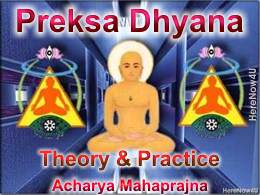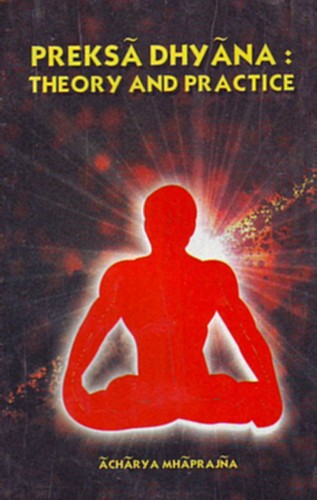
The human body and its parts are made up of
-
trillions of microscopic structures called cells,
-
inter-cellular material that the cells produce, and
-
body fluids.
If we compare our body to a building, the cells are the bricks i.e. they are the smallest living units of the body.
There are 60 billion cells in a human body. Nearly all of them need a high magnification microscope to be seen and a super microscope to peep inside its body. The smallest cells (certain brain cells) are about 1/200 mm and the largest ones (ova) are about 1/4 mm in diameter.
For its operation, the cell requires a lot of energy which is generated in hundreds of super-minute power stations. In almost every tissue, cells wear out and must be replaced. New cell-formation occurs through cell-division.
Each living cell contains thousands of different kinds of chemicals. These chemicals are not an inert mixture but are constantly interacting with one another. The blue-prints of heredity are encoded in chemical form. The structures of the various organs of the body are built up from chemical constituents, and differences in chemical composition distinguish one type from another.
 Acharya Mahaprajna
Acharya Mahaprajna

